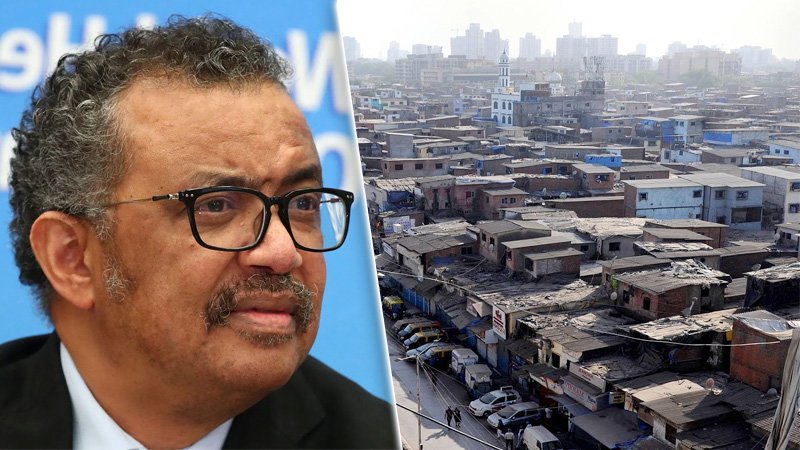The World Health Organization (WHO) on Friday recognized the city’s endeavors to contain the flare-up of Covid-19 in Dharavi, India’s largest slum. Dharavi was a problem area in June however has seen a sharp drop in cases in July. WHO chief Tedros Adha-nom Ghebreyesus said Italy, Spain, South Korea, and Dharavi have demonstrated the infection could be gotten control over through forceful activity.
“Over the most recent a month and a half cases have dramatically increased,” Tedros told a virtual question and answer session in Geneva. In any case, “there are numerous models from around the globe that have demonstrated that regardless of whether the flare-up is extreme, it can, in any case, be managed back,” said Tedros.
“What’s more, a portion of these models are Italy, Spain, and South Korea, and even in Dharavi – a thickly pressed territory in the megacity of Mumbai – a solid spotlight on network commitment and the fundamentals of testing, following, separating and rewarding each one of those that is debilitated is vital to breaking the chains of transmission and stifling the infection.”
State environment minister Aaditya Thackeray tweeted, “This is gigantic for our one of a kind Dharavi that has pursued the infection. State Govt and @mybmc groups, alongside NGOs, Elected Representatives, and in particular, Dharavikars! How about we prop this up! Much obliged to you @WHO for perceiving their endeavors, and will prop upon.”
Also Read – Bolivia President Jeanine Añez tests positive for coronavirus
Experts stated Dharavi figured out how to level the bend before the finish of June. All through June, Dharavi recorded a normal of 18 new cases day by day, with the most elevated single-day spike in recorded cases on June 1 (34 new cases). Since July, the quantity of new cases has declined.
On Tuesday, Dharavi recorded just one case, its most reduced single-day figure in more than two months. Consequently, on Wednesday, it recorded three new cases and nine on Thursday. Twelve new cases were recorded on Friday. The all outnumber of cases in Dharavi now remains at 2359, with 166 dynamic cases.
Kiran Dighavkar, the associate chief of G (North) ward, which has purview over Dharavi, stated, “Testing, monstrous screening, recognizing Patients and their high-chance contacts, and disconnecting them from the network has worked very well for Dharavi. The center is to keep up this circumstance in Dharavi, so we will proceed with these endeavors.”

